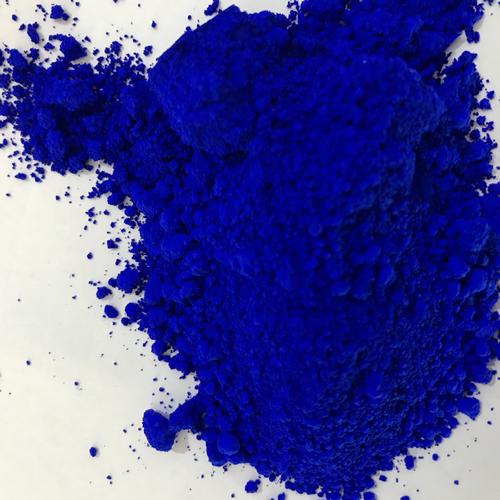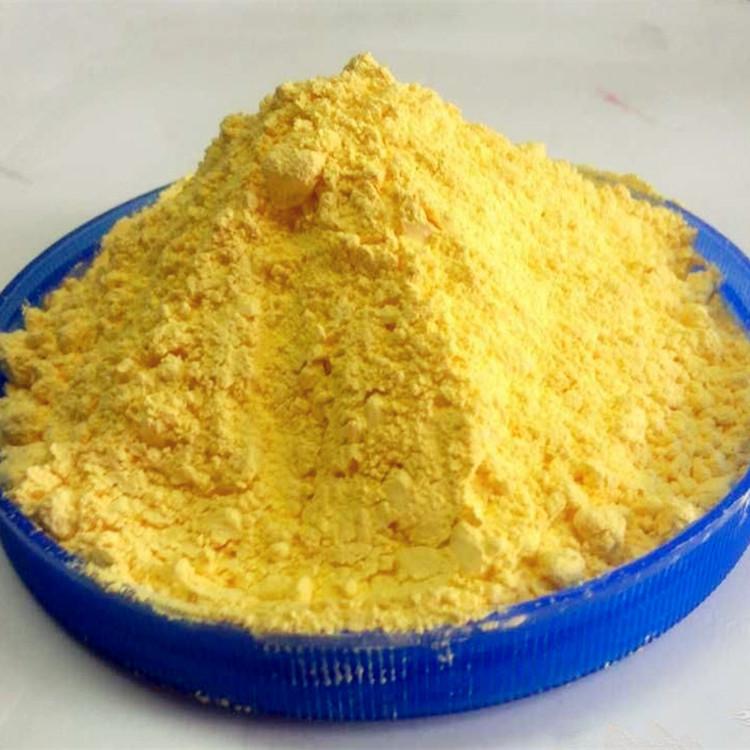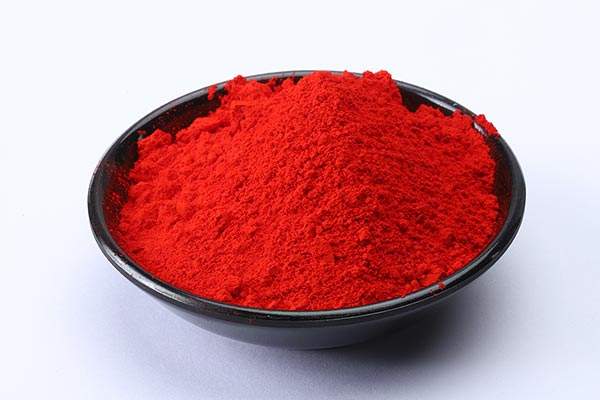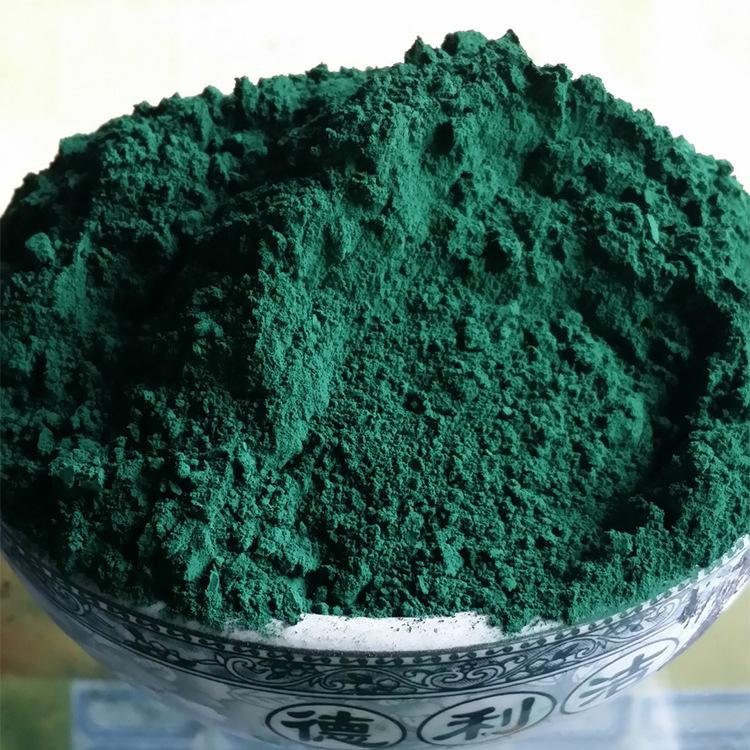Inorganic pigments can be divided into natural inorganic pigments and synthetic pigments according to the production method. According to function, it can be divided into four types: anti-rust pigments, extender pigments, special pigments and coloring pigments. According to the chemical structure, it can be divided into iron series, chromium series, lead series, zinc series, metal series, phosphate series, molybdate series, borate series, etc. Inorganic coloring pigments can be divided into two categories: chromatic pigments and achromatic pigments according to color. Here are some common inorganic pigments.

Blue inorganic pigments mainly include iron blue, cobalt blue, ultramarine and other varieties.
Among them, ultramarine has a larger yield than other varieties. Ultramarine is resistant to alkali but not acid, has bright and gorgeous color, and is resistant to high temperatures.
Iron blue is acid-resistant and not alkali-resistant. Its hiding power and tinting power are higher than those of ultramarine blue, and its durability is worse than that of ultramarine blue. Since phthalocyanine blue was put on the market, the amount of iron blue has been declining year by year because its tinting power is twice as high as that of iron blue and its other properties are good. Cobalt blue is resistant to high temperatures and has excellent light resistance, but its tinting power and hiding power are slightly poor, its price is relatively high, its cost performance is low, and its uses are limited.
Cyan iron blue is called Chinese blue, and red iron blue is called Milori blue. Iron blue is a hydrophilic pigment and has poor affinity with oils, resins and other media. Treatment with surfactants can improve its lipophilicity and ease of grinding. The dark blue paint made of iron blue will, after exposure, The surface is prone to copper shine. Mainly used to make ink and stationery supplies.

Yellow inorganic pigment
Mainly include lead chromium yellow (lead chromate), zinc chromium yellow (zinc chromate), cadmium yellow (cadmium sulfide) and iron yellow (hydrated iron oxide) and other varieties. Among them, lead chrome yellow is the most widely used and its output is also the largest.
Lead chrome yellow has strong hiding power, bright color, and is easy to disperse, but it tends to darken under sunlight.
The hiding power and tinting power of zinc chrome yellow are worse than those of lead chrome yellow, but it is lighter in color and has good light resistance.
Cadmium yellow has good heat resistance, light resistance, and bright color, but its tinting power and hiding power are not as good as lead chromium yellow, and its cost is higher and its cost performance is low. Therefore, It has been greatly restricted in application.
Lead, chromium yellow and cadmium yellow both contain heavy metals and have certain toxicity, so they cannot be used for coloring children’s toys, cultural and educational supplies and food packaging.
The iron yellow color is darker, but its durability, dispersion, hiding power, heat resistance, chemical resistance, and alkali resistance are all good, and the price is low , cost-effective, so it is widely used in the coloring of building materials.

Red inorganic pigment
The red pigment among inorganic pigments is mainly iron oxide red. Iron oxide comes in a variety of colors, from yellow to red, brown to black. Iron oxide red is the most common iron oxide pigment. It has strong covering rate, good coloring, chemical resistance, color retention, dispersion, and low price. Therefore, iron oxide red is used in the production of floor paint and ship paint. Because it has It has remarkable anti-rust properties and is also the main raw material for making anti-rust paint and primer.
When the particles of iron oxide red are ground to ≤0.01μm, the hiding power of the pigment in the organic medium begins to decrease significantly. This pigment is called transparent oxide Iron pigments, used to make transparent paint or metallic glitter paint, have better color retention than organic dyes.

Green inorganic pigment
Green inorganic pigments mainly include chromium oxide green and lead chromium green.
Chromium oxide green has excellent light resistance, heat resistance, and chemical resistance, but its color is darker and its tinting power and hiding power are very poor.
Lead chrome green is not as durable and heat-resistant as chromium oxide green, but it has bright color, good dispersion and is easy to process. Because it contains toxic heavy metals, it has been Phthalocyanine green and other organicAfter the advent of this material, its use began to decrease significantly.
Chromium oxide green color ranges from bright green to dark green. It is mostly used for coloring metallurgical products and cement. Its particle hardness is high and can be used as a polishing agent for optical materials and metal grinding; its spectral reflection characteristics are very close to chlorophyll, so it can be used in military camouflage paint.
Lead chrome green is a mixture of chrome yellow and iron blue. It is made by adding iron blue wet slurry during the manufacturing process of chrome yellow. Adjust the amount of iron blue added. Green pigments of various colors are available, from yellow light green (2%~3% iron blue) to dark green (60%~65% iron blue). Lead chrome green can be used in general paints. There is also a mixture of chrome yellow and phthalocyanine blue (see organic pigments), also called lead chrome green. This pigment has a beautiful color and good other properties.
Black inorganic pigment
Black inorganic pigment is an important pigment after white pigment, and its main variety is carbon black. The properties of pigment carbon black are different from those used in rubber processing. The main quality indicators of pigment carbon black are hue and blackness. Carbon black is an inorganic pigment colorant for plastics second only to titanium dioxide. Carbon black is classified according to the processing method. It has many categories. When used as a pigment, it is generally called “pigment carbon black”. Carbon black not only has strong coloring properties, but also has excellent weather resistance and thermal oxidation resistance.

 微信扫一扫打赏
微信扫一扫打赏

